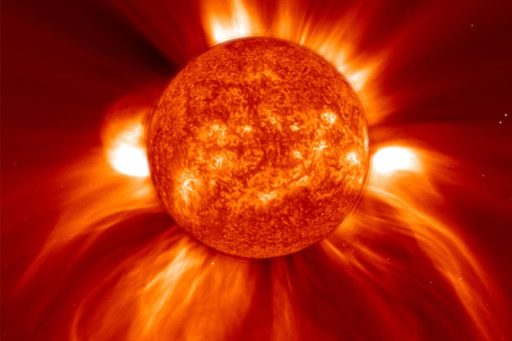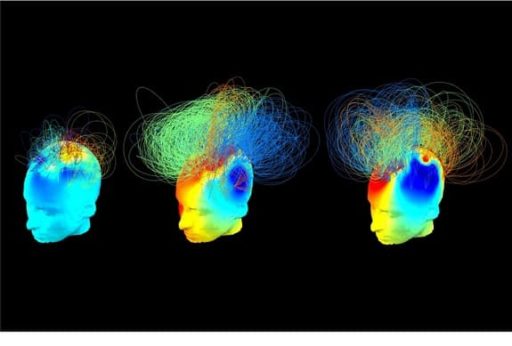Earthquakes are one of the most ruinous natural catastrophes of our planet. However, our understanding of the phenomenon is still quite limited. A theoretical physicist has now attempted to explain earthquakes and their aftershocks by using the example of forest wildfires.
Geologists and physicists today are fairly well informed when it comes to possible frequency of earthquakes. Typically, earthquakes of greater magnitude are less frequent than their smaller counterparts. For instance, an earthquake of magnitude 1, which is very low, usually occurs ten times oftener than an earthquake of magnitude 2, which is more powerful.
These measurements and estimates have been based on practical observation of the frequency of different earthquakes. In other words, scientists couldn’t come up with an exact calculation, so they adjusted the available parameters to create an exponent which fits in with the calculations. However, why or how that exponent is significant, still remains a mystery.
Eduardo Jagla, a theorist at Argentina’s National Atomic Energy Commission has now ventured to solve this mystery. He does so by taking into account the aftershocks of an earthquake, a parameter that hasn’t been used in other calculations in the past. According to him, the model of a wildfire spreading through a forest provides an apt example which resembles a real earthquake.
In his model, the plane of a fault line is like the forest, the buildup of stress along this fault line is akin to the trees which can readily start the wildfire and finally, the portion of fault line that actually moves and wrecks havoc resembles the burning areas within the aforementioned forest.
Jagla further suggests in a research paper that in a forest wildfire, there are two types of trees: ones that burn instantly and ones that take some time to catch fire and slow down the process. Similarly, he says, the aftershocks come slowly. By using these calculations, Jagla is able to compute the exponent which fits with the previous calculations of observed quakes.
The scientific community has admitted his approach with caution. While some reject it as one of many possible explanations, others have praised the simplicity and accuracy of his model. To conclusively test the theory, however, scientists need more data on aftershocks, something which is not currently available.
Source: Science Mag
[ttjad]




